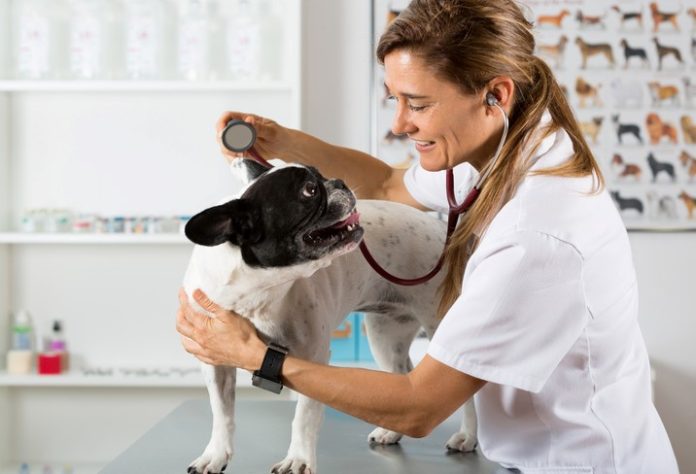People can acquire a variety of diseases from pets. The variety of diseases that people can contract from pets has never been examined fully nor has the methods to prevent the transmission of diseases from pets to humans been explored. Dr. Jason Stull, assistant professor at the Department of Veterinary Preventive Medicine at Ohio State University in Columbus, Ohio, collected recent data about pet transmitted disease in the edition of the Canadian Medical Association Journal.
The variety of diseases that people can acquire from their pets is truly astounding. The diseases range from an inconvenience to a deadly pathogen. Dogs, cats, rodents, reptiles and amphibians can transmit parasites such as hookworm, roundworm and Toxoplasma. Pets can also transmit antibiotic resistant bacteria like Clostridium difficile and Campylobacter jejuni.
Physicians do not regularly consult their patients about having pets. Reptiles and amphibians are the highest pet offenders accounting for 11 percent of human disease infections. Reptiles and amphibians accounted for 31 percent of the Salmonella infections in children under the age of five in the study.
The researchers do not contend that pets are a prominent source of disease. People that are unhealthy due to a human disease and the very young are most likely to acquire a disease from pets. Humans and most animals that are kept as pets have been associated with each other for so long that they have developed the same set of diseases and the same set of immunities to those diseases.
The researchers recommend some precautions be taken in people that have a dangerous human disease like cancer. They also advise some precautions to protect the very young from getting a disease from a pet. The precautions include prevention of face licking, hand washing after pet contact, wearing gloves when cleaning reptile, fish, and amphibian homes, and informing your physician that you have a pet.
People are not going to give up their pets and they should not. A pet that is adopted from a shelter should be tested for human transmissible diseases. The idea is to prevent diseases from spreading from pets to vulnerable humans.















